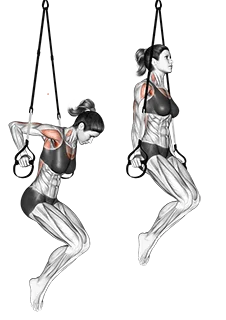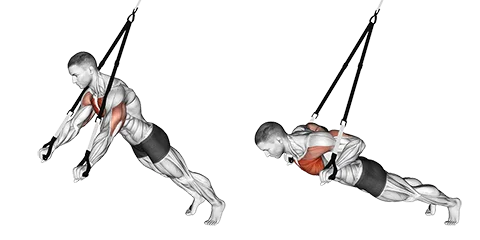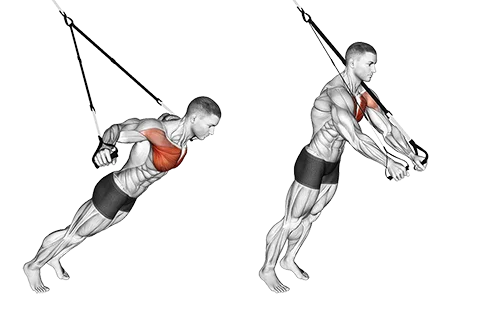Gymnastic rings are one of the most challenging and rewarding tools in bodyweight training. They demand full-body control, serious core engagement, and bring a new level of intensity to even basic movements.
Why Train with Rings?
Rings turn simple exercises into full-body feats of strength and coordination:
- Instability = Activation: Your muscles work overtime to stabilize.
- Strength + Mobility: Excellent for developing both joint control and range of motion.
- Core-Crushing: Every movement lights up your core.
- Progressive & Portable: Adjust height and difficulty anywhere you go.
Rings vs Other Equipment
Rings are unique — here’s how they compare:
- Bars: Offer heavier resistance, but zero instability.
- Dumbbells: Good for unilateral work, but lack bodyweight control.
- Bodyweight: Rings are technically bodyweight, but far more unstable.
- Machines: Totally stable — the opposite of rings.
If you want to build strength and stability in one go, rings deliver.
Getting Started Safely
Rings are tough — start smart:
- Begin with support holds and ring rows to build stability.
- Keep rings close to the body to reduce leverage demands.
- Focus on form and control, not reps.
- Set them up securely and low at first for accessibility.
Programming Ring Workouts
Ring training can be adapted to fit beginner to advanced levels. Try:
- Beginner Skills: Ring rows, support holds, feet-assisted push-ups.
- Intermediate Strength: Dips, L-sits, Bulgarian rows.
- Advanced Moves: Muscle-ups, front lever, iron cross (aspirational 😅)
Use rings to build strength that transfers across disciplines — calisthenics, climbing, gymnastics, and more.
Minimal gear, maximum gains.
Yes — especially in the upper body. The instability forces deep activation and can build impressive strength and size.
Definitely. Start with simple, low-intensity movements and progress slowly. Even support holds are great.
Anchor them to a pull-up bar, beam, or tree branch. Just make sure it’s strong and secure!



